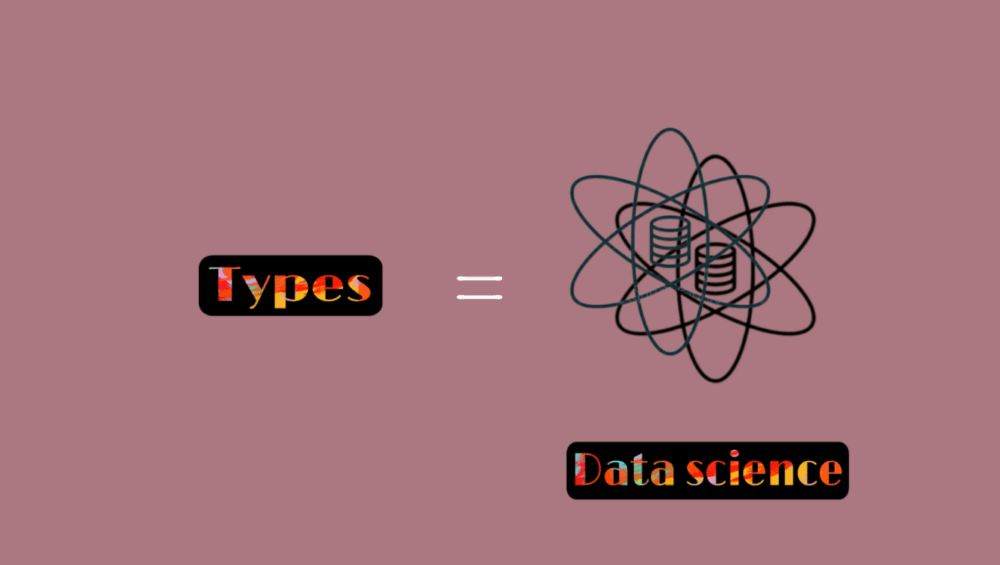Contents
Artificial intelligence
Machine learning [MI]
Cyber security
Coding Python, C++, Java, Javascript, HTML
Applications of Data Science in different sectors
We have rounded up some applications of Data Science in action. Here are some of them:
Healthcare
Data science applications are very helpful for the healthcare sector. The field of data science is rapidly advancing in the healthcare industry. Many areas of the health care industry use data science.
Medical Image Analysis
Biology and Genomics
Development of Drugs
Bots for health and virtual assistants
Personalized Marketing
If you believed that the most significant application of data science was in search, think again. Almost anything may be determined using data science algorithms, from display banners on various websites to digital billboards at airports.
Because of this, digital advertisements have a much higher CTR (Call-Through Rate) than traditional advertising. They can be customised based on a user’s prior behaviours.
This explains why, in the same location, while you might see marketing for data science training programmes, someone else might see advertisements for clothing.
Website Suggestions
This engine has been aggressively used by several businesses to market their goods depending on user interest and relevant information. Internet businesses like Amazon, Twitter, Google Play, Netflix, Linkedin, IMDb, and many others employ this technique to enhance customer experience. Based on a subscriber’s previous search results, recommendations are made.
E-Commerce
Natural language processing (NLP) and recommendation systems are two examples of machine learning and data science concepts that have significant benefits for the e-commerce industry. E-commerce platforms may employ these strategies to examine customer feedback and transactions to gather important data for the growth of their businesses.
They analyse texts and online surveys using natural language processing (NLP). It is used in collaborative and content-based filtering to evaluate data and provide better services to its customers.
Transport
The development of self-driving cars has been the most significant advancement or evolution in the world of transportation brought about by data science. Data science has made a name for itself in the transportation industry through a thorough examination of fuel consumption patterns, driver behaviour, and vehicle monitoring.
By making driving conditions safer for drivers, enhancing vehicle performance, granting drivers with more autonomy, and doing many other things, it is building a reputation for itself. By utilising reinforcement learning and adding autonomy, automakers may create smarter cars and enhance logistical routes.
Advanced Text and Image Recognition
Data science algorithms control speech and image recognition. We may observe the fantastic work of these algorithms in our daily life. Have you ever needed a virtual speech assistant like Siri, Alexa, or Google Assistant?
On the other hand, its speech recognition technology is at work in the background, making an effort to understand and assess your words and providing helpful results from your use.
Among other social networking sites, image recognition can be found on Facebook, Instagram, and Twitter. These applications offer to tag people when you publish a picture of yourself with them on your profile.
Gaming
More and more developers are using machine learning algorithms to make games that evolve and improve as the player advances through the stages. In motion gaming, your adversary (the computer) also analyses your prior moves and modifies the game accordingly. Data science has been employed by companies like EA Sports, Zynga, Sony, Nintendo, and Activision-Blizzard to advance gaming.
Security
Data science can be used to strengthen security at your business and safeguard important data. For instance, banks deploy complex machine-learning algorithms to identify fraud based on a user’s typical financial behaviour.
These algorithms can identify fraud faster and more accurately than individuals because of the enormous volume of data generated every day. Such algorithms can be used to secure private information even if you don’t work for a financial institution.
Artificial Reality
The last data science application with the most promise for the future is this one. A term used to describe one of the most interesting applications of technology is “augmented reality.”
Data Science and Virtual Reality are related because a VR headset uses computer know-how, algorithms, and data to give you the best viewing experience. Pokemon GO is a well-liked game that represents a small step in the right way.
the freedom to explore and look at Pokemon on buildings, roads, and other imaginary places. The designers of the game used information from Ingress, the company’s prior software, to pinpoint the locations of the Pokemon and gyms. (Data Science)








